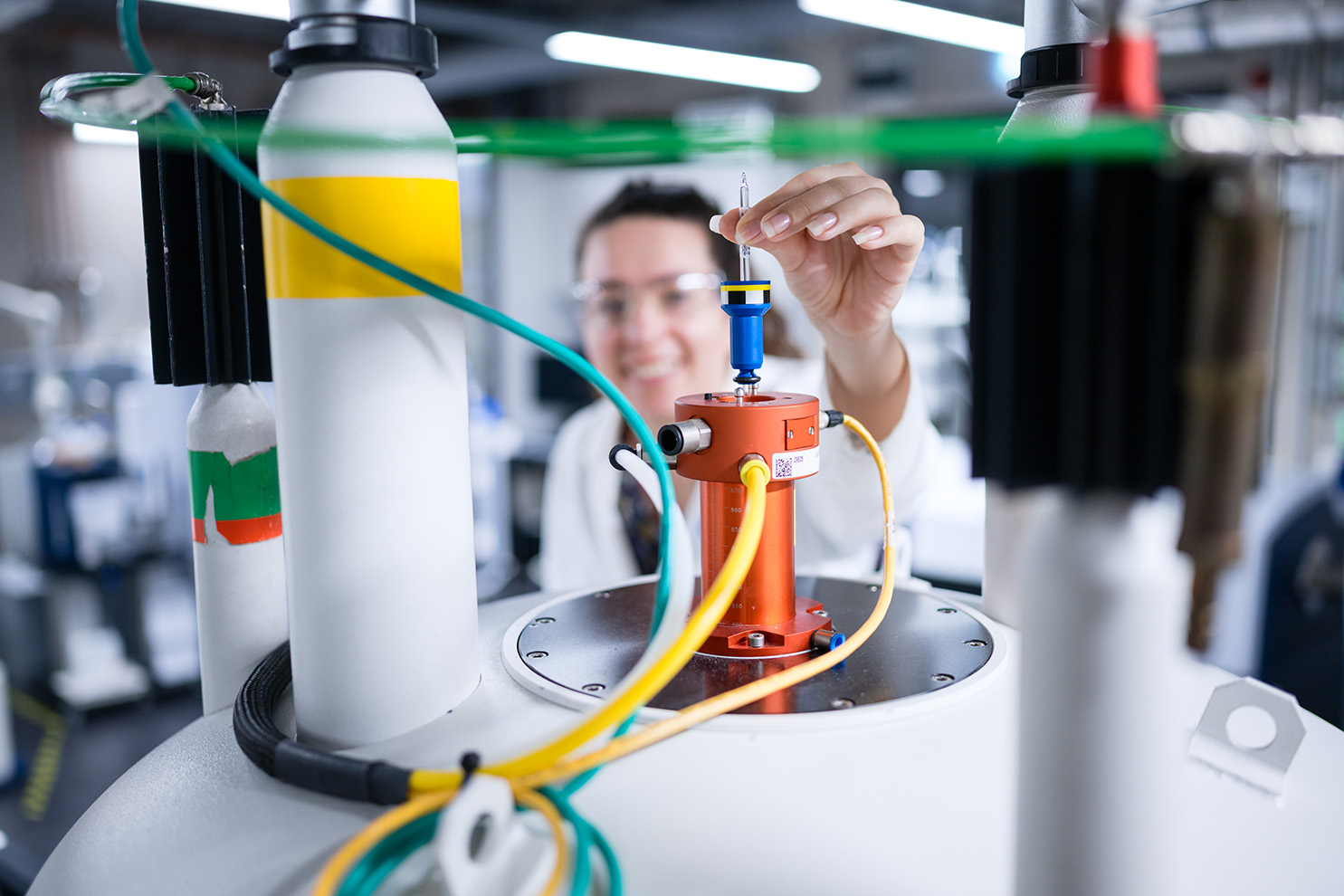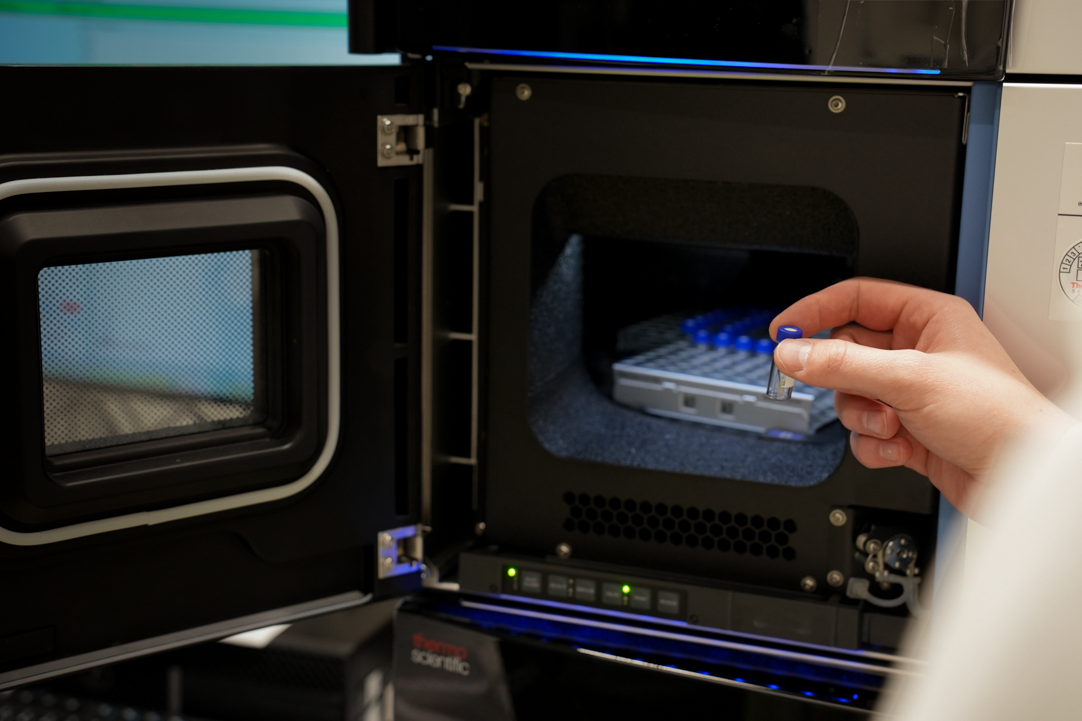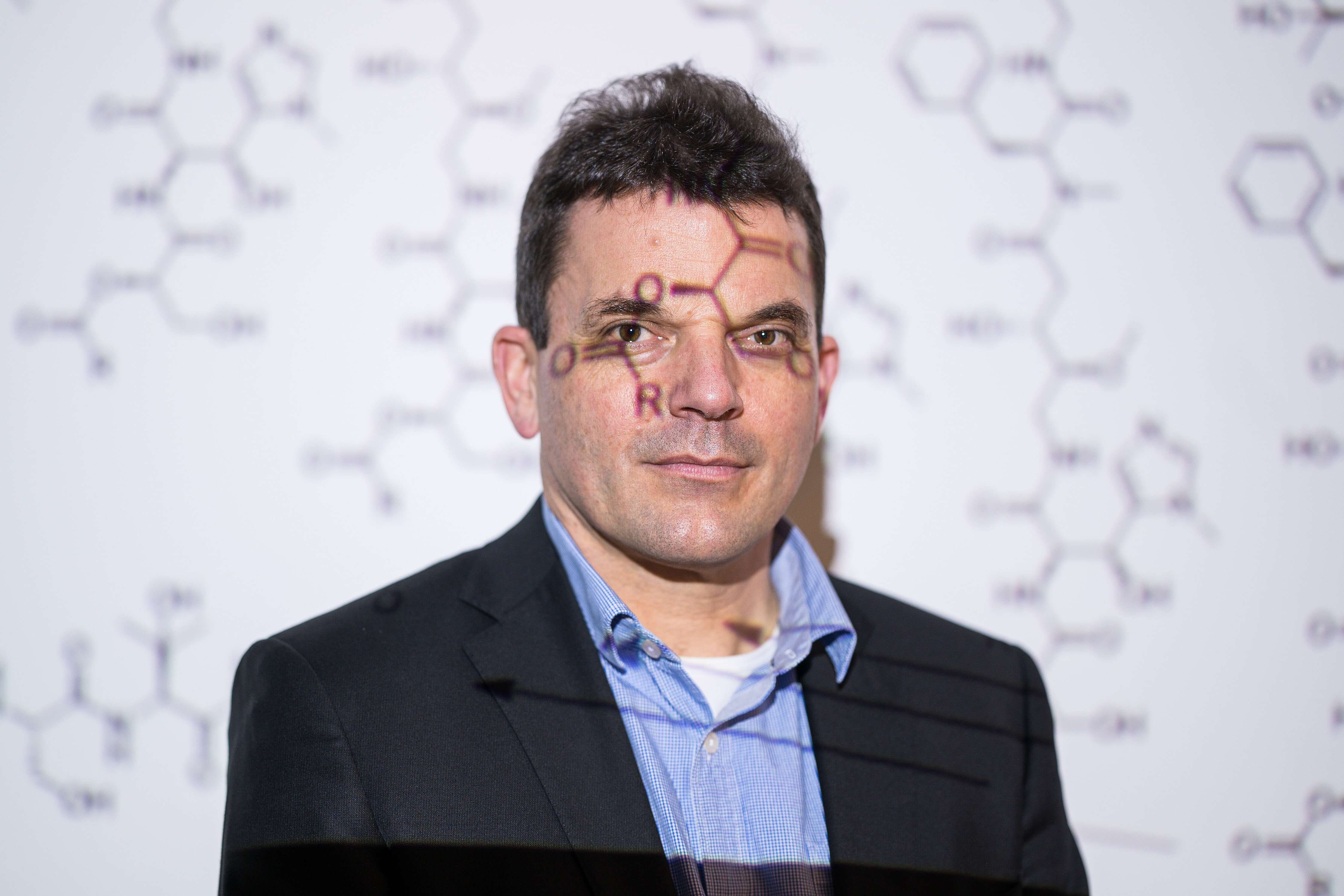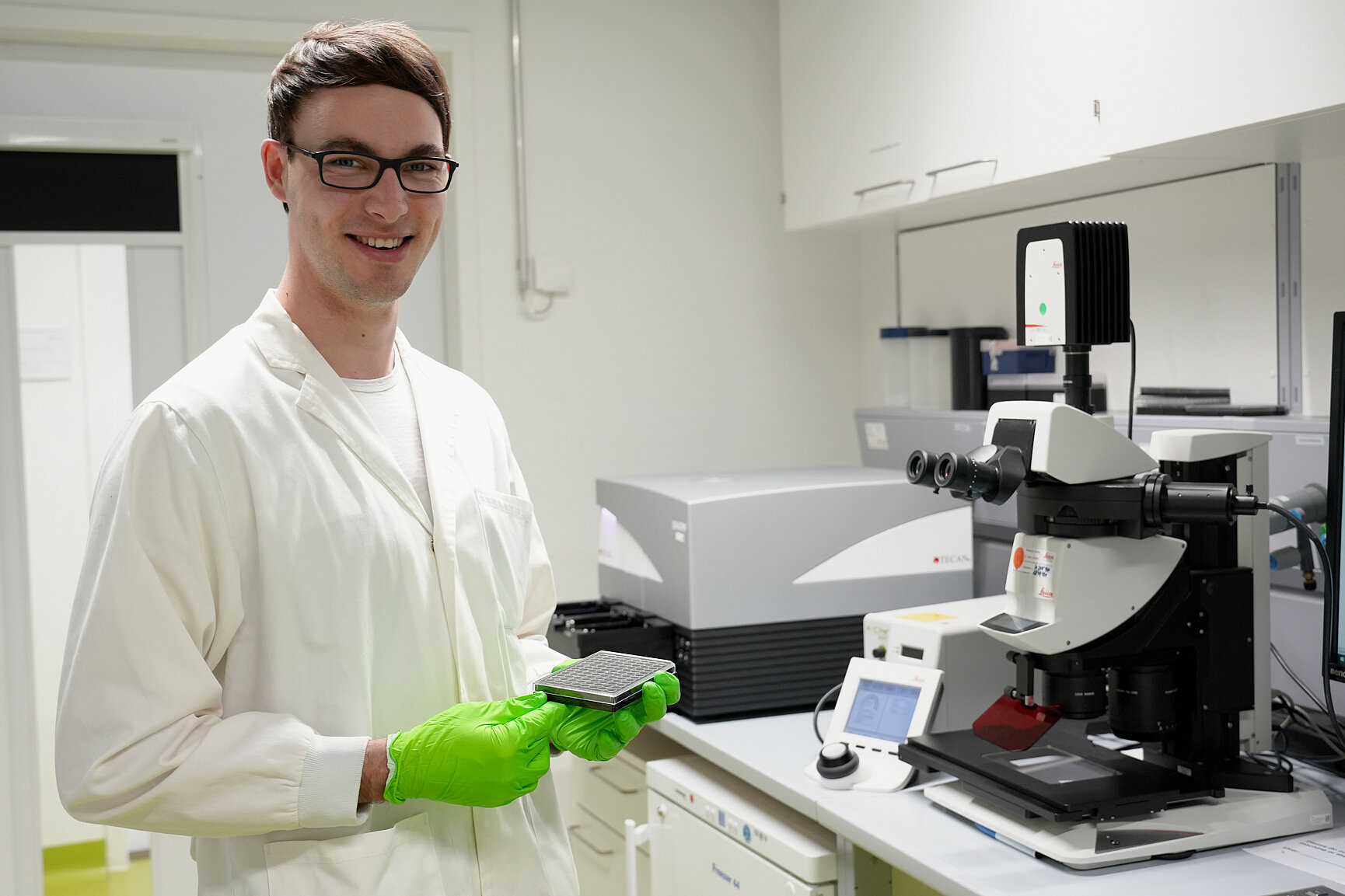Glycopeptide antibiotics (GPAs) are microbe-derived active substances that are used as last resort treatment options for severe infections caused by multi-resistant pathogens. They are effective against a broad spectrum of Gram-positive pathogens, such as the notorious MRSA (methicillin-resistant Staphylococcus aureus), and are mainly used in hospitals. Gram-positive bacteria only have a single cell membrane surrounded by a broad peptidoglycan cell wall, which gives the cells their stability. This is precisely where GPAs exert their effect: They bind to “lipid II”, an intermediate required for cell wall synthesis, thereby reducing its stability. As a result, the bacteria are exposed to increased osmotic stress and die. GPA-resistant bacteria slightly alter the structure of lipid II so that active substances can no longer bind to it. Researchers from the HIPS department “Microbial Natural Products”, together with partners from the University of Vienna, have now discovered the novel GPA Saarvienin A, which is able to circumvent this resistance mechanism. HIPS is a site of the Helmholtz Centre for Infection Research (HZI) in collaboration with Saarland University.
Saarvienin A belongs to a newly discovered family of GPAs and was isolated from the soil bacterium Amycolatopsis sp. YIM10, which originates from a Chinese rare earth mine. Bacteria of this genus are known as prolific producers of antibiotics, including other GPAs such as the clinically used vancomycin. At the beginning of the study, the researchers first observed that Saarvienin A-containing extracts of YIM10 strongly inhibited the growth of Gram-positive test bacteria. The active ingredient, whose name is derived from the cities where the two research teams are located, Saarbrücken and Vienna, even outperforms GPAs that are already available on the market. Compared to vancomycin, Saarvienin A shows up to eight times higher antimicrobial activity against MRSA.
The next step was to determine the exact chemical structure of Saarvienin A. This task was anything but easy: The carbon skeleton of Saarvienin A consists of 73 carbon atoms linked together in a variety of ways. “The molecule consists of five (amino-)sugar units coupled to a halogenated cyclic peptide. Elucidating this complex chemical structure using nuclear magnetic resonance spectroscopy in combination with other analytical techniques was a really exciting challenge,” says Amninder Kaur, a former postdoc in the “Microbial Natural Products” department.
In addition to its excellent efficacy, Saarvienin A also stands out because it is capable of killing germs that are already resistant to other GPAs. This behavior suggests that Saarvienin A has a different mechanism of action as compared to other members of this class of antibiotics. “When a new active ingredient has a previously unused mechanism of action, we have the opportunity to develop a resistance-breaking drug from it. Against this background, the identification and structural elucidation of Saarvienin A are important initial steps on the way to a potential new drug with which we can address the global resistance problem,” says Rolf Müller, Scientific Director of HIPS, head of the department “Microbial Natural Products” and Professor of Pharmaceutical Biotechnology at Saarland University. In subsequent studies, the team aims to elucidate both the exact mechanism of action and biosynthesis of Saarvienin A and find ways to chemically improve this newly discovered class of natural products.





